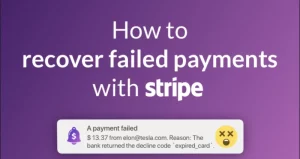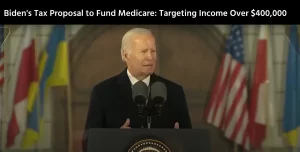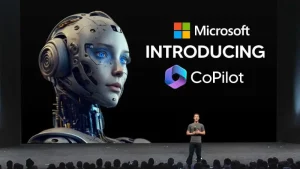Breaking Down Biden’s Student Loan Forgiveness Plan: Who is eligible, how it works, when to apply
5 min read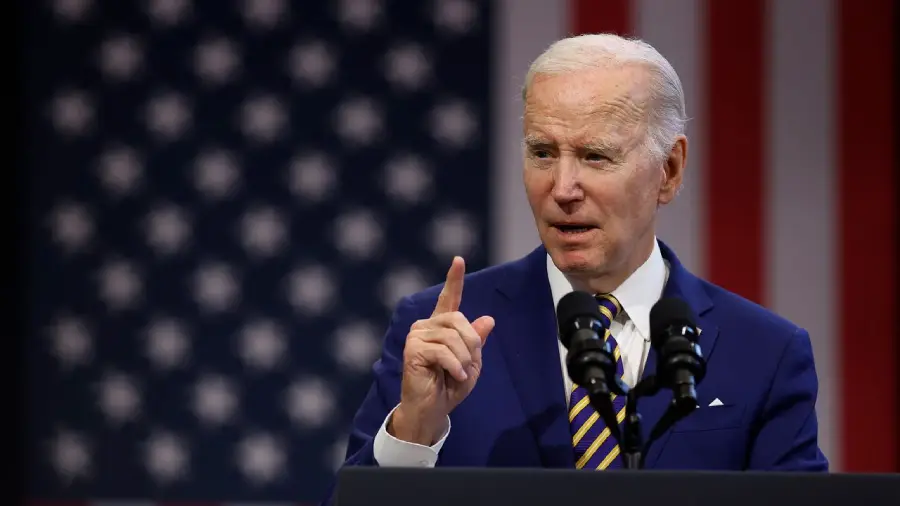
Image Source: CNN
Upon hearing the news of the Biden administration’s plan to implement broad student loan forgiveness, many Americans may have experienced a sense of relief, followed by a flood of inquiries. Despite the complexity of the process, the government has already released a remarkable amount of information on the matter. However, only time will reveal how efficiently the loan forgiveness will proceed, given the involvement of the U.S. Department of Education, its loan servicers, and the millions of borrowers affected.
Table of Contents
Who is eligible for the relief from Student Loan?
Individuals who are eligible for the student loan forgiveness plan proposed by President Biden are typically those who earn an annual income of no more than $125,000. Additionally, married couples or heads of households who make less than $250,000 per year may also be eligible for the program.
Which loans qualify?
All student loans issued by the Education Department that are under federal control are expected to be eligible for the student loan forgiveness program. However, private student loans are not qualified for the plan.
How much of student loan debt could be forgiven?
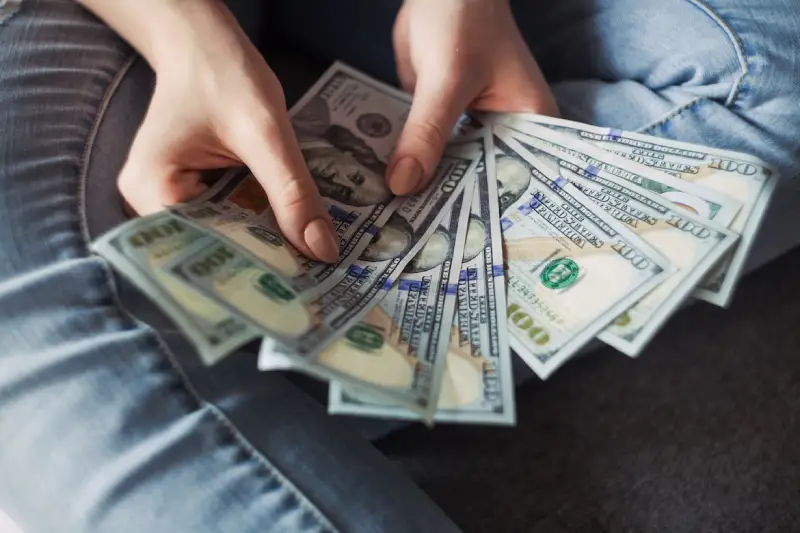
For borrowers who have received a Pell Grant, it is possible to obtain loan forgiveness of up to $20,000. In contrast, those who did not receive a Pell Grant may be qualified for up to $10,000 in loan relief.
What if I owe less than is being forgiven?
As per the Education Department’s regulations, the loan relief amount is restricted to the borrower’s eligible outstanding debt.
What you can do to get the student loan cancellation?

The application process is expected to be user-friendly, and the Education Department has stated that the application will be available for use before the end of the year. For those who are interested in participating in the loan forgiveness program, the department has recommended that they sign up for updates on the process via its official website.
In addition, the Education Department has announced that it already has income data on nearly 8 million borrowers, which could make them eligible for automatic loan cancellation. While the criteria for automatic cancellation have not been disclosed, it is expected that those who are eligible will be contacted directly by the department.
One of the key aspects of the loan forgiveness program is that it will be targeted towards borrowers who earn less than $125,000 per year. This threshold has been set in order to ensure that those who are most in need of financial assistance are able to receive it. Married couples or heads of households who make less than $250,000 per year may also be eligible for the program.
Another important consideration is that the loan forgiveness program will only apply to federal student loans that are under the control of the Education Department. Private student loans are not eligible for this program, which means that borrowers who hold private loans will need to explore other options for loan relief.
It is worth noting that the loan forgiveness program proposed by the Biden administration will be capped at a certain amount of debt. Specifically, the relief amount will be limited to the borrower’s eligible outstanding debt. This means that borrowers who have significant student loan debt may not be able to have all of it forgiven.
Despite these limitations, the loan forgiveness program is still likely to be a significant source of relief for many borrowers. The Education Department’s announcement that it will be launching a user-friendly application for the loan forgiveness program is a positive step forward, and it is expected that many borrowers will take advantage of this opportunity to ease their financial burden.
Will the loan forgiveness have impact on taxes?
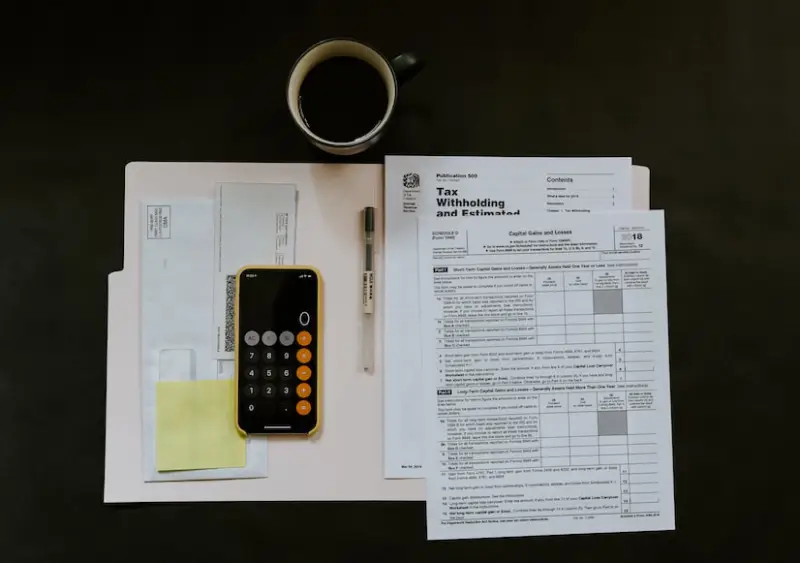
Good news for borrowers who may be eligible for student loan forgiveness: it won’t result in a federal tax bill. The American Rescue Plan of 2021 made student loan forgiveness tax-free through 2025, including Biden’s proposed forgiveness program, according to a fact sheet from the White House.
However, there may still be state levies that borrowers need to consider, warns higher education expert Mark Kantrowitz. While some states conform to federal rules, others may count the forgiven balance as income, potentially leading to a state tax bill. Kantrowitz suggests contacting a local tax professional for an estimate before filing state tax returns, as the amount owed may be equivalent to a few student loan payments.
What is happening with the payment pause?
President Biden announced that the pause on federal student loan payments will be extended until December 31, in addition to his announcement on student loan forgiveness. However, payments are set to resume in January 2023, which will mark the seventh extension of the pandemic-era relief policy that was initially implemented under the Trump administration. This is expected to be the final extension, so borrowers should prepare accordingly.
Frequently Asked Questions
Borrowers who have a federal student loan and meet certain income requirements are eligible for student loan forgiveness. Specifically, those who make less than $125,000 per year or married couples or heads of households earning less than $250,000 per year may be eligible.
Under the plan, borrowers may be eligible for up to $10,000 or up to $20,000 in loan forgiveness, depending on whether they received a Pell Grant while in school. The amount of forgiveness is also capped at the amount of the borrower’s outstanding eligible debt. Borrowers must apply for forgiveness through an application that will be launched by the Department of Education, and they will need to input their income data and other relevant information.
The Department of Education has announced that the application for student loan forgiveness will be available before the end of the year. Borrowers can sign up on the department’s website for updates on the application process.
No, student loan forgiveness under Biden’s plan is tax-free through 2025, as per the American Rescue Plan of 2021. However, borrowers may still be responsible for state taxes on the forgiven balance, depending on their state’s tax laws.
According to the Department of Education, nearly 15 million borrowers may be eligible for student loan forgiveness under Biden’s plan. This includes borrowers who are in default on their loans, as well as those who are currently in repayment or who have put their loans into forbearance.

